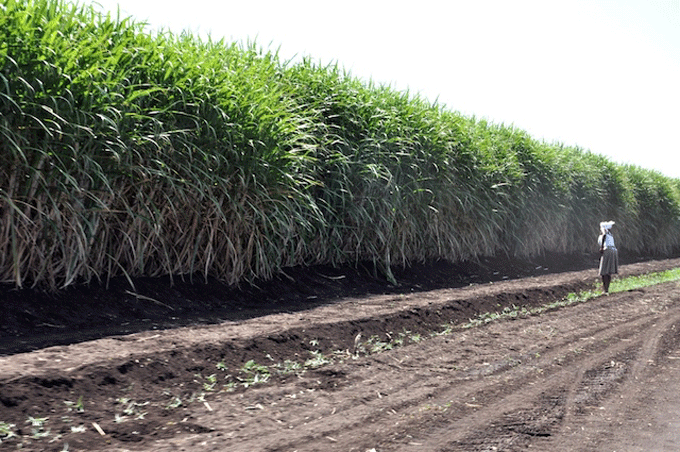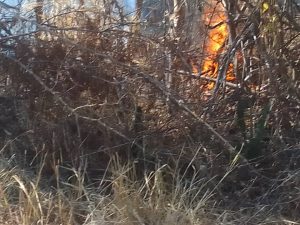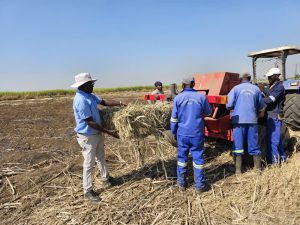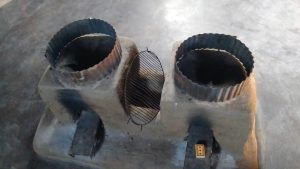Patrick Chitongo
The expanding sugarcane farming business in the Lowveld is coming at a high biodiversity conservation cost to the country, with the Mopane tree and its worms (madora) as well as other living organisms coming under increasing pressure.
Expansion of the farming business began in the early 2000 after government launched the fast-track Land Reform Program.
The programme saw thousands of people getting resettled in the semi-arid but fertile Chiredzi which is the country’s prime sugarcane-producing district.
Subsequent measures taken by government to ensure greater participation of smallholder indigenous farmers in a farming business dominated by multinational corporation Tongaat Hulett lifted many people out of poverty.
Government recently partnered Tongaat Hulett to clear 4000 hectares of new land for sugarcane plots that were distributed to smallholder out-grower farmers.
This achievement, however, cannot overshadow the environmental cost that came with it, especially in light of the massive deforestation that is happening.
The Mopani tree, which is the dominant tree in the Lowveld is the biggest casualty in this quest for sugarcane-based livelihoods.
The Mopane tree is home to the seasonal madora that feed on its leaves while people, in turn, feed on the worms’ protein rich bodies.
Destroying the Mopani tree, which is now an order of the day in Chiredzi district, also destroys the lifecycle of the worm which itself has given many families a source of livelihood for many years.
Madora are a delicacy which is harvested by villagers on a large scale for sale to the national market once they have been preserved through drying.
Due to the high rate of deforestation in Chiredzi, Mopani worms are no longer easy to get in an area where they used to thrive.
Mopane tree also sustains cattle in the district, with their pods being a source of high protein for the animals.
In Zimbabwe, destroying trees for commercial purposes or at large scale needs permission from the Environmental Management Agency (Ema) and the Forestry Commission of Zimbabwe.
The two organisations are statutory agencies of central government but they often demonstrate weakness and inefficiency especially on such matters that take a political dimension as the Land Reform Programme.
Apart from causing destruction of flora and fauna during land preparation, sugarcane farming by both the large scale producer Tongaat Hulett and by the smallholder out-growers farmers comes at other environmental costs.
During harvesting time, the sugarcane fields are set on fire to rid the cane of its covers as well as to destroy unwanted weeds.
However, this cleaning process also kills a lot of other living organisms that find habitat in the in full-grown sugarcane every season.
Wild pigs, hares, birds, butterflies and snakes are among the most affected whenever the burning treating occurs.
…Originally published by Lowveld Checkpoint…
This report was made possible through support from WAN-IFRA Media Freedom’s Strengthening African Media Programme: Climate Change and Environmental Reporting. Views expressed here do not belong to WAN-IFRA.






